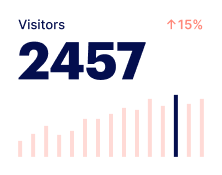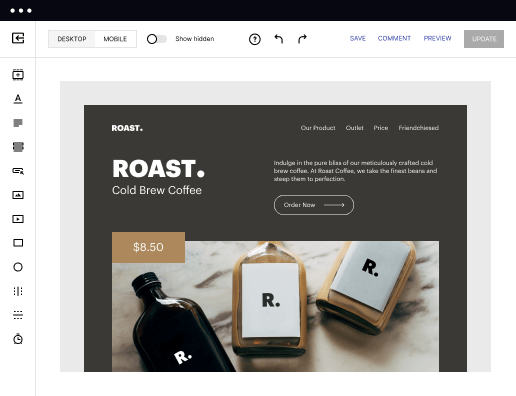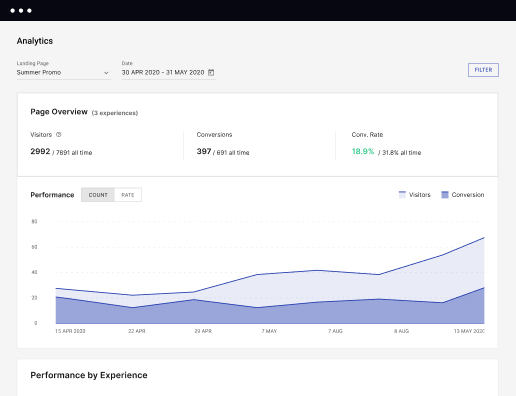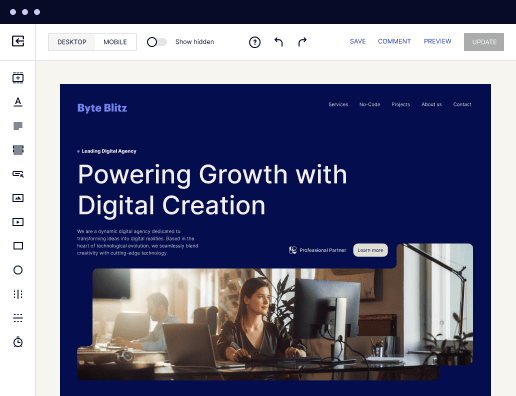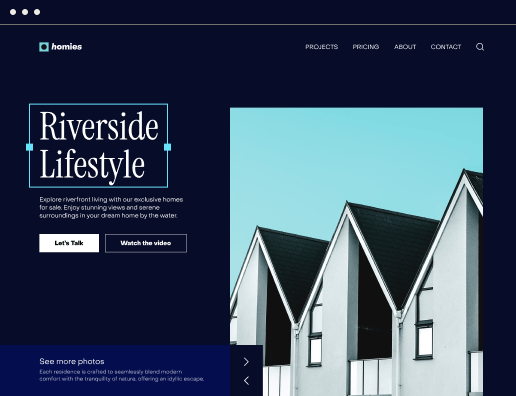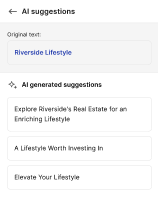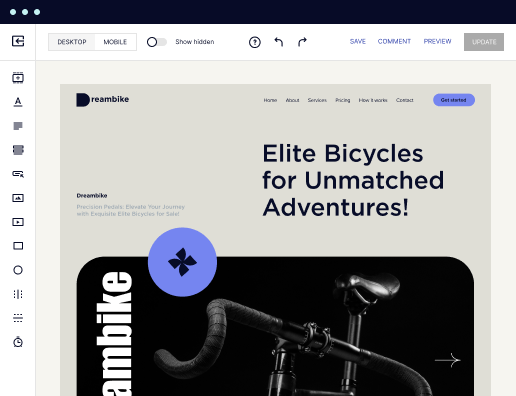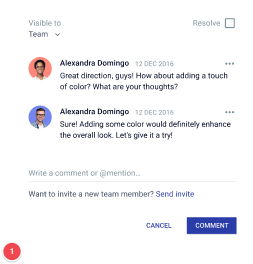Make your glossary page designed for Windows Server
Instapage empowers you to reduce costs, increase conversions, and deliver meaningful experiences on Windows Server.
How to build your glossary page on Windows Server using Instapage
Creating a glossary page on Windows Server can elevate your marketing efforts by providing a valuable resource for your audience. With Instapage’s easy-to-use platform, you can build tailored landing pages that not only enhance brand trust but also foster customer loyalty. This guide will take you through the step-by-step process of building an effective glossary page that drives conversions.
Step 1: Define Your Target Audience
Understanding your target audience is crucial for relevant content. For marketers in sectors like Business Services, Tech/SaaS, or Education, identifying the specific needs and interests is essential to crafting effective glossary terms.
- Segment your audience based on industry - Understand the language and terms used in your specific vertical.
- Analyze your audience's challenges - Resolve common pain points with your glossary terms.
- Use customer feedback - Gather insights from customer interactions to determine what terms need clarification.
Step 2: Choose the Right Glossary Terms
Selecting the terms to include is pivotal. Focus on terms that resonate with your audience's search behaviors and common queries related to your services.
- Identify industry jargon - Use language that denotes authority and expertise.
- Include definitions for complex terms - Make sure to break down difficult jargon into digestible definitions.
- Research trending terms - Leverage tools to discover terms currently trending in your industry.
Step 3: Leverage Instapage Features for Enhanced Interaction
Utilize Instapage's features to increase engagement and optimization. Personalization and collaboration tools will allow for a superior user experience.
- Dynamic text replacement - Adjust glossary terms based on user profile, enhancing relevance.
- A/B Testing - Experiment with different layouts or terms to see which yield better engagement.
- Heatmaps - Monitor user interaction to ensure the most valuable terms are prioritized.
With these steps completed, your glossary page on Windows Server will serve as an essential touchpoint for users seeking clarity on key industry terms.
By following these guidelines, you will not only create a comprehensive resource but also potentially boost conversion rates on your landing page.
Ready to take the next step? Start using Instapage to build your glossary page today and see the difference personalized marketing can make!
Get more out of Build your glossary page on Windows Server
Improve your Quality Score with quick load technology for landing pages
Increase conversions with content that aligns with your ads and audiences
Achieve maximum ROI by scaling your marketing initiatives
Leading the way in building high-performing landing pages





FAQs
See how to build your glossary page on windows server in action
Ready to skyrocket conversions?
Supercharge your ad campaigns with high-performing landing pages.
Get started
